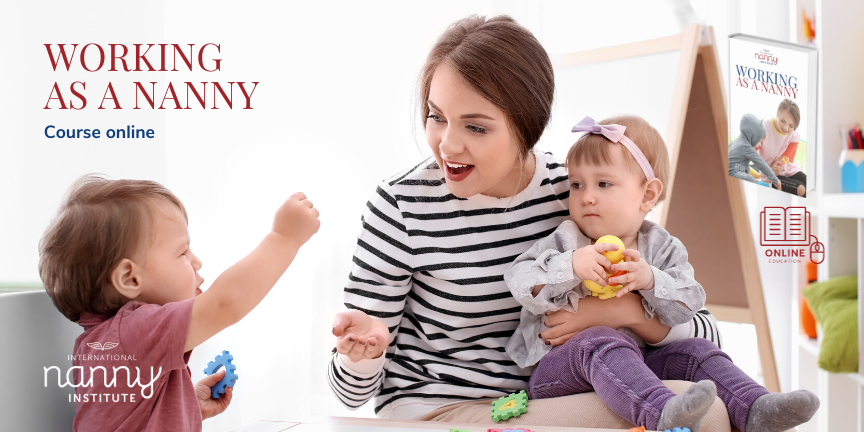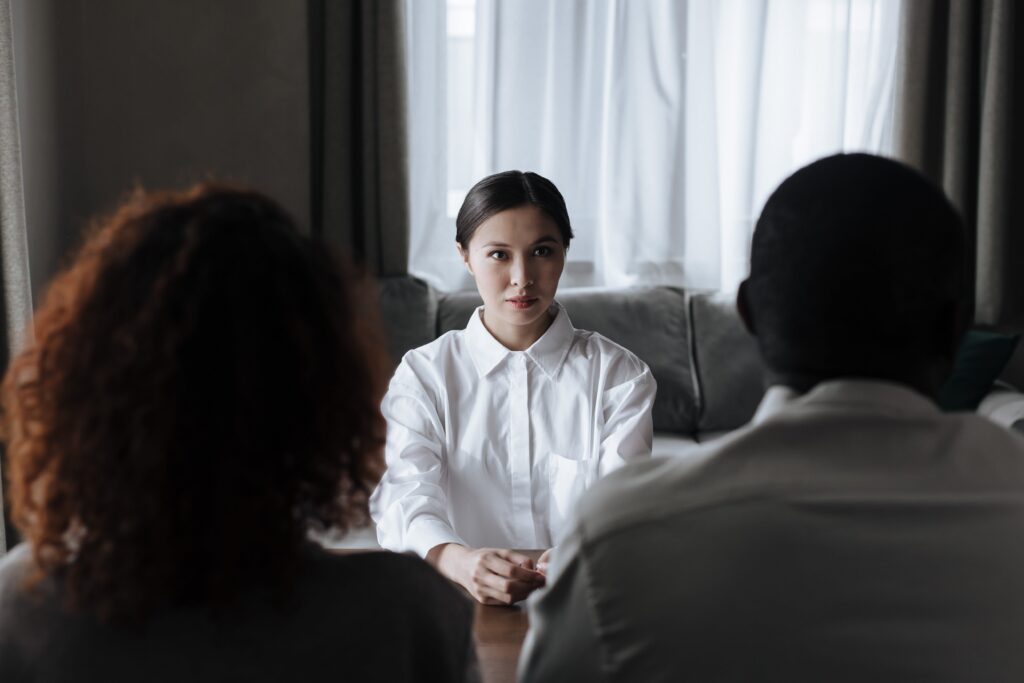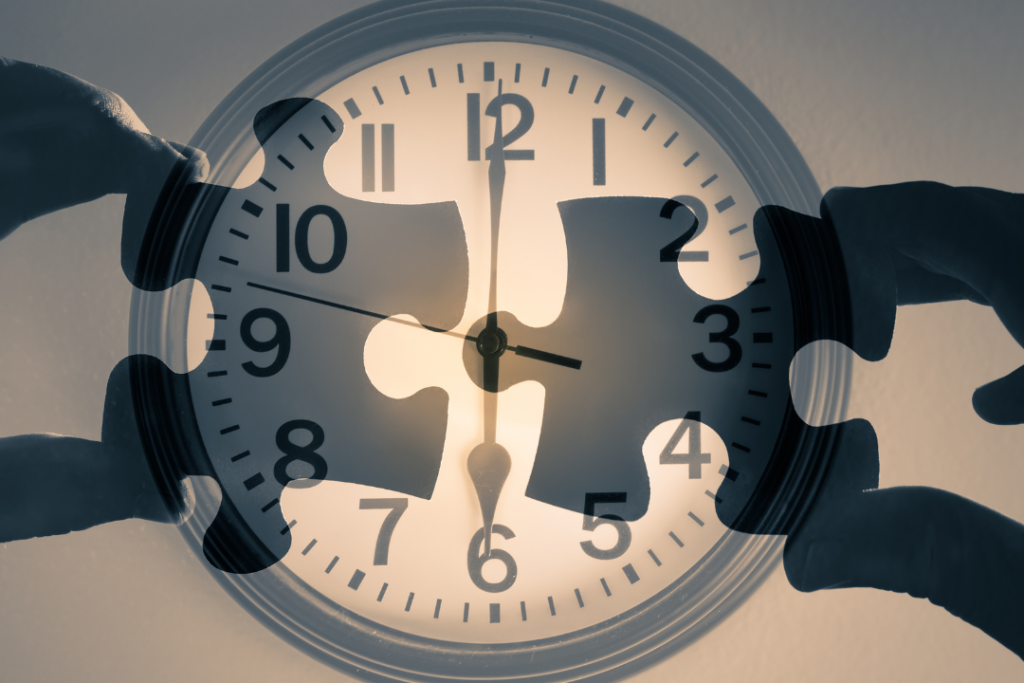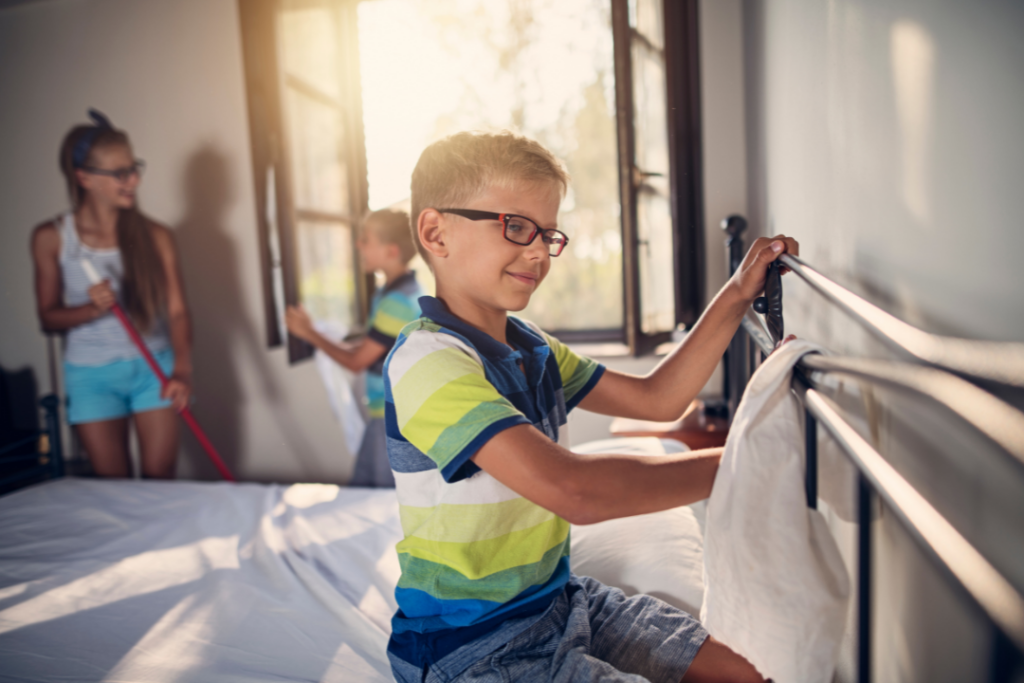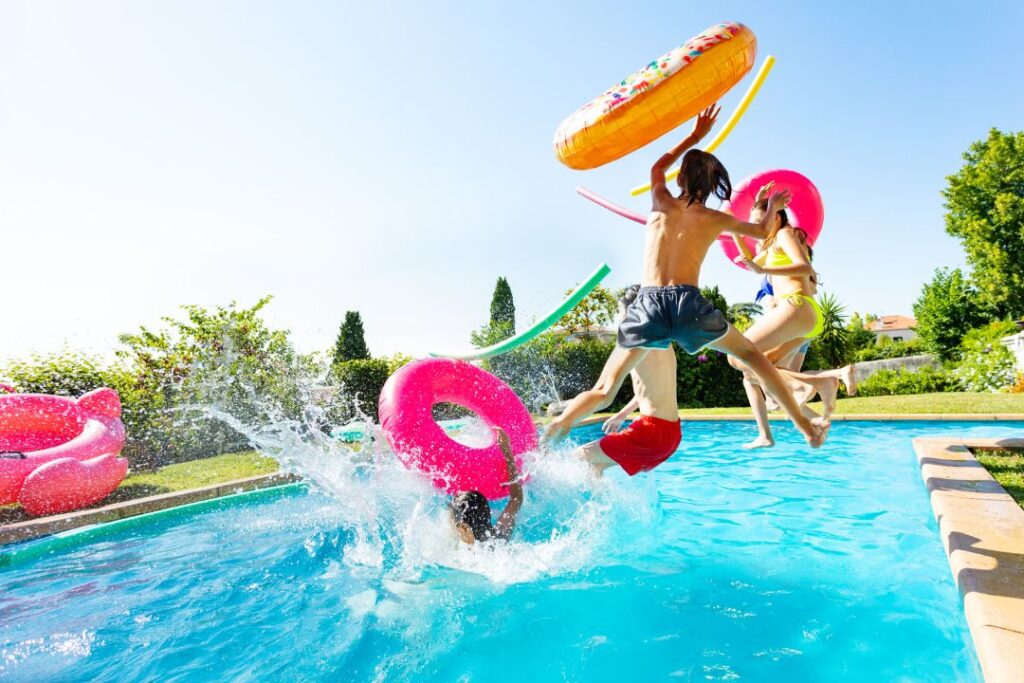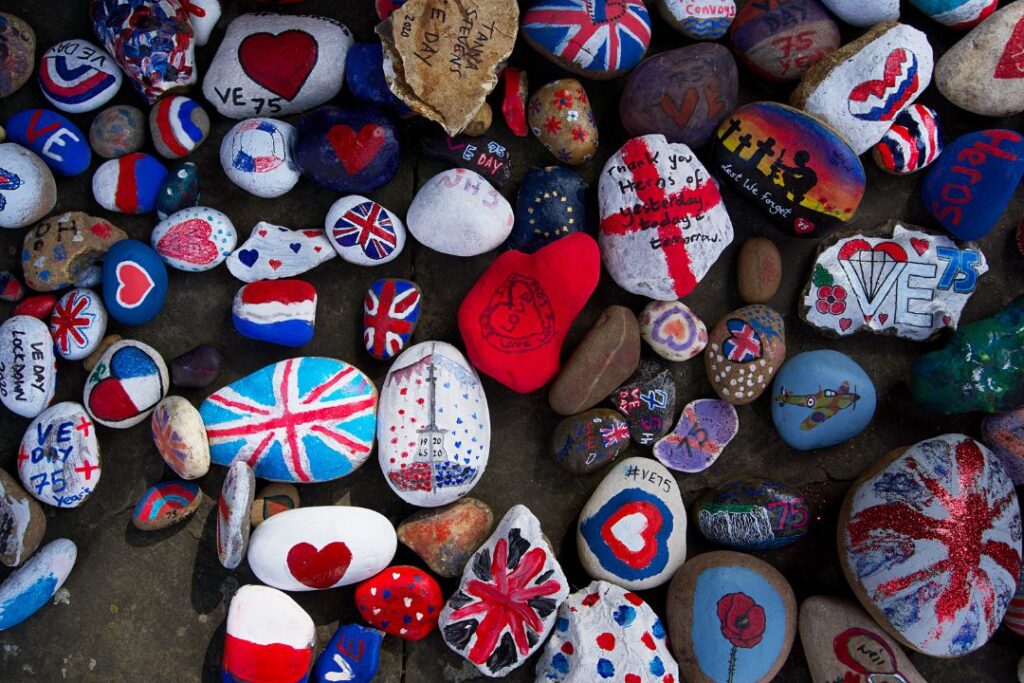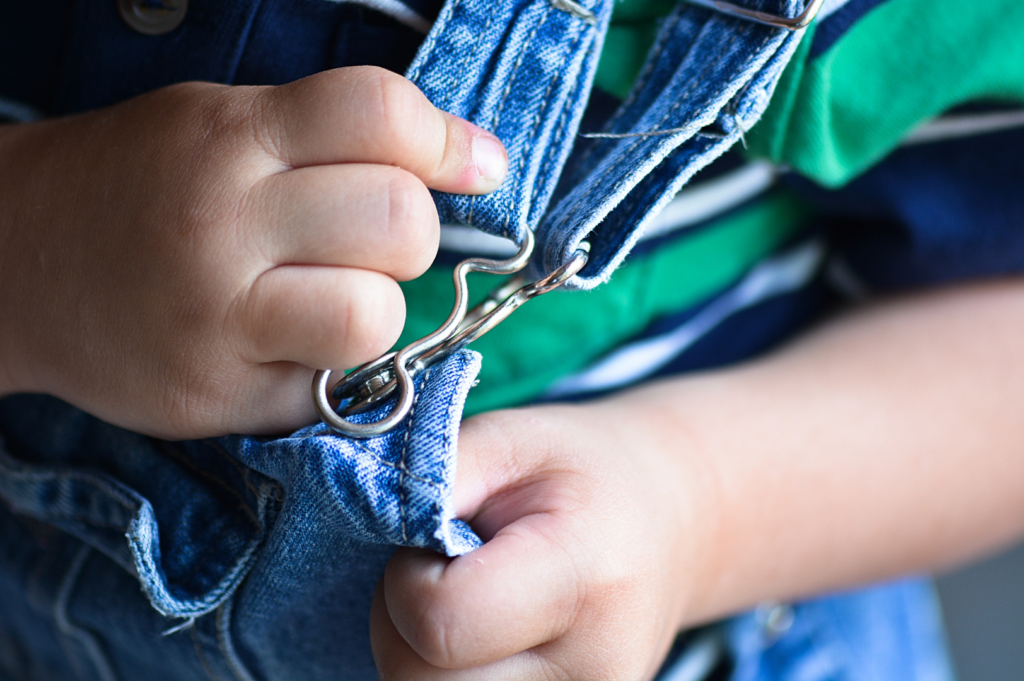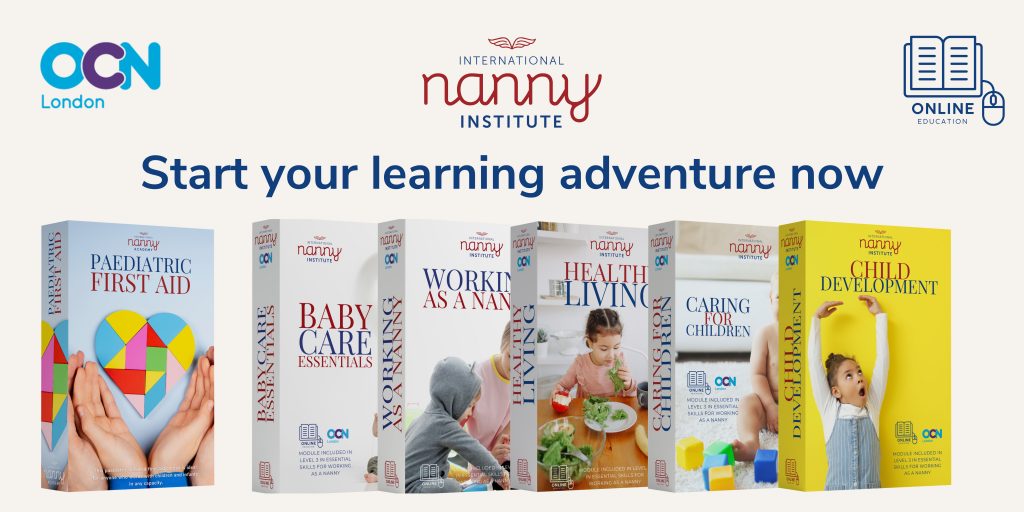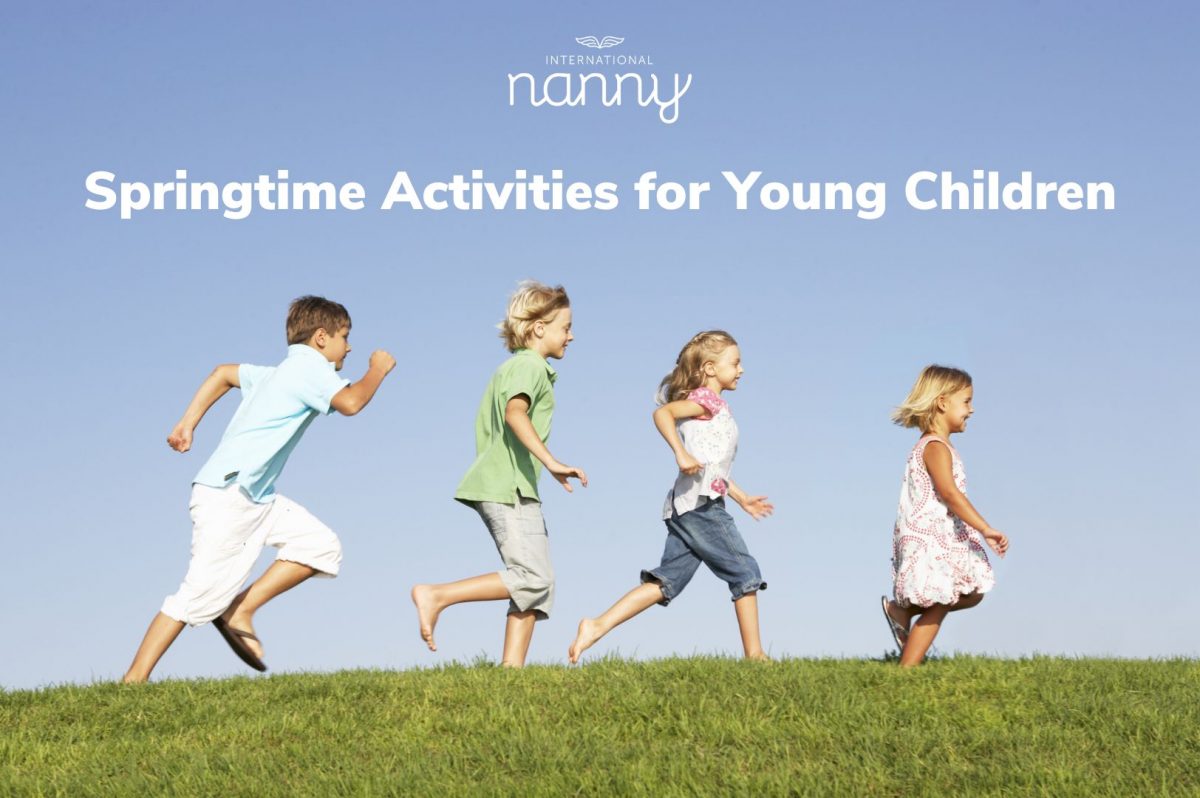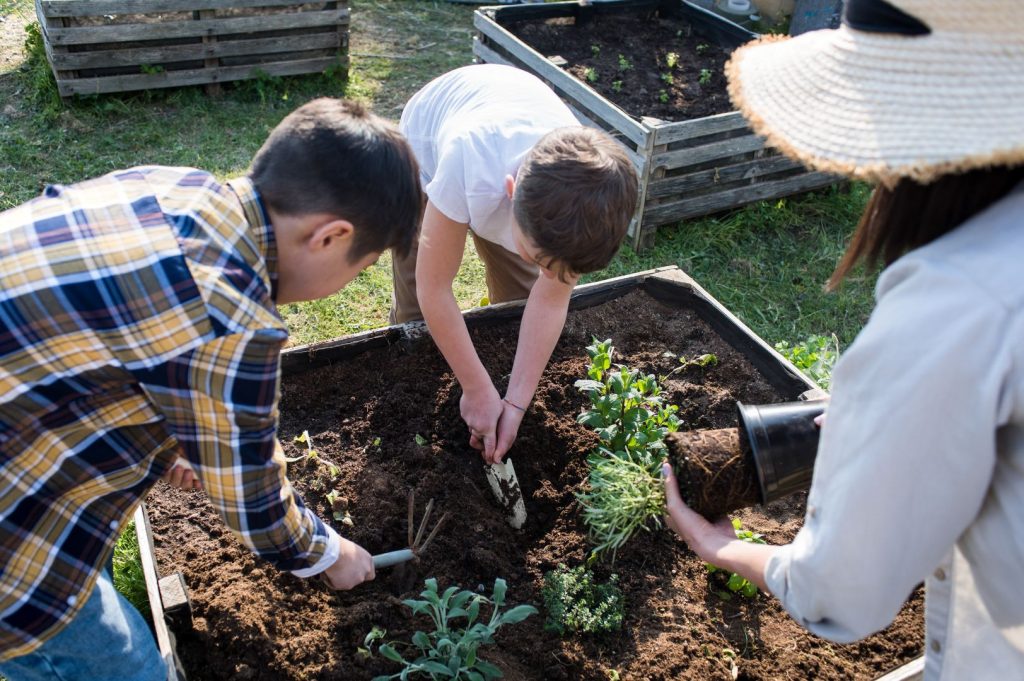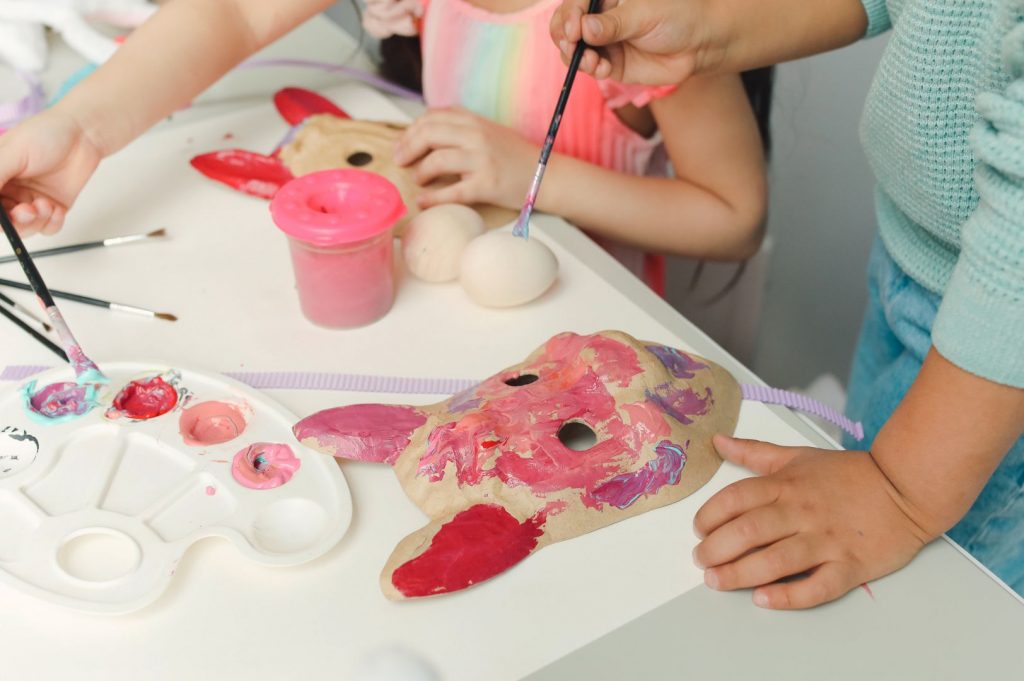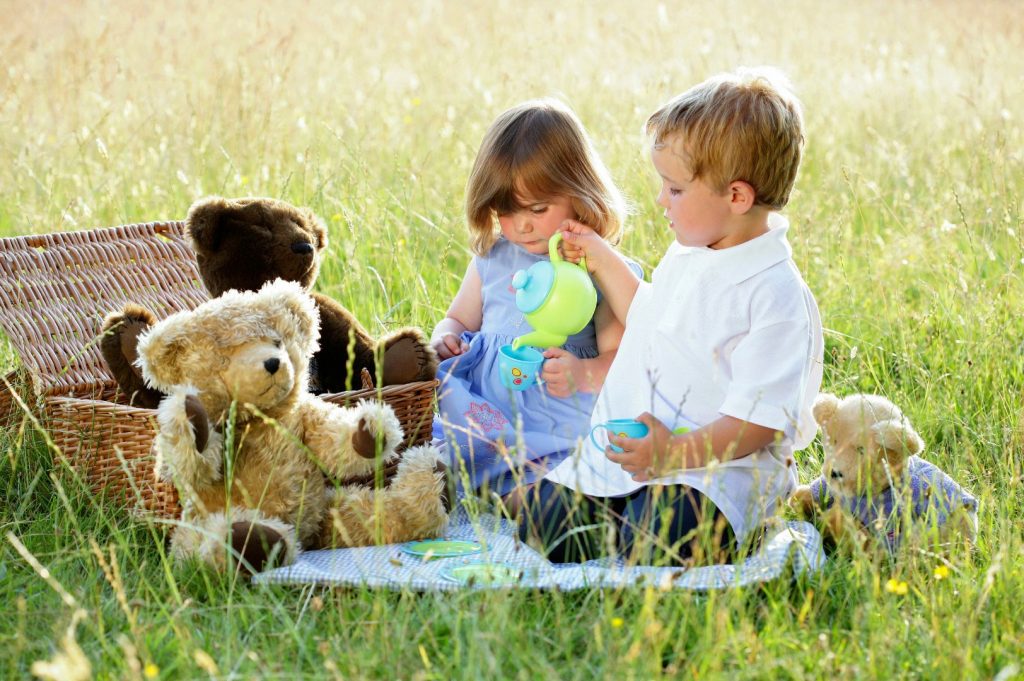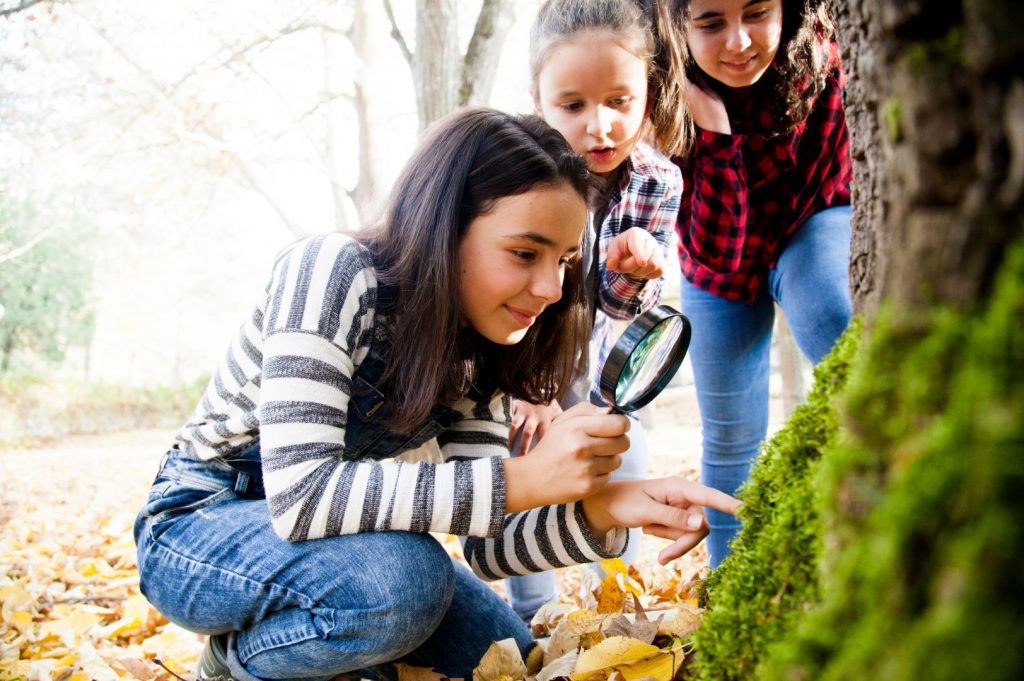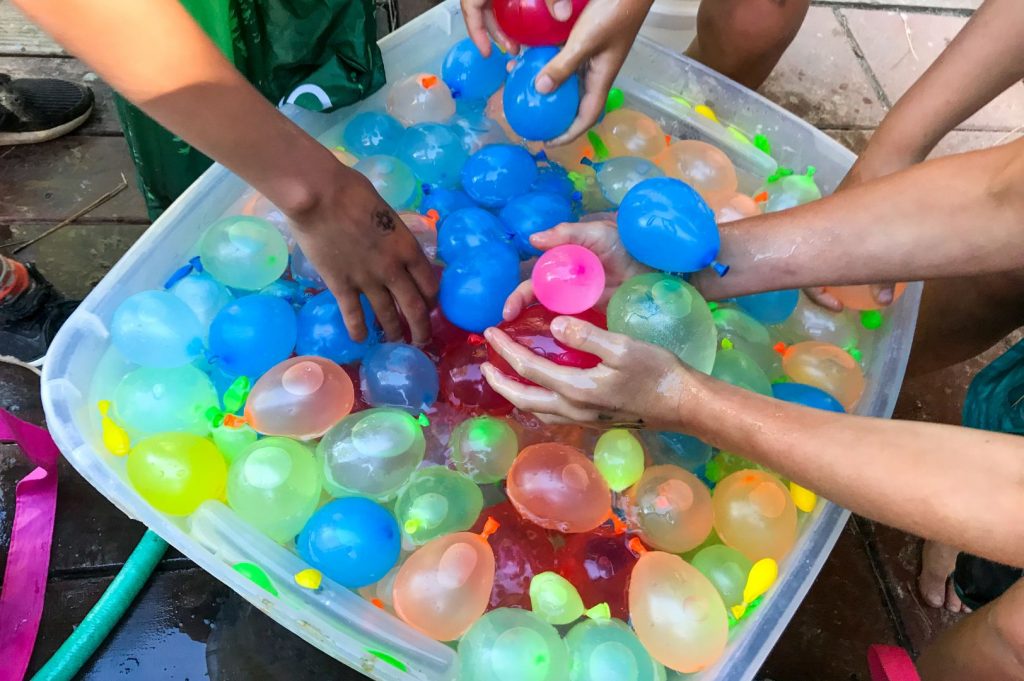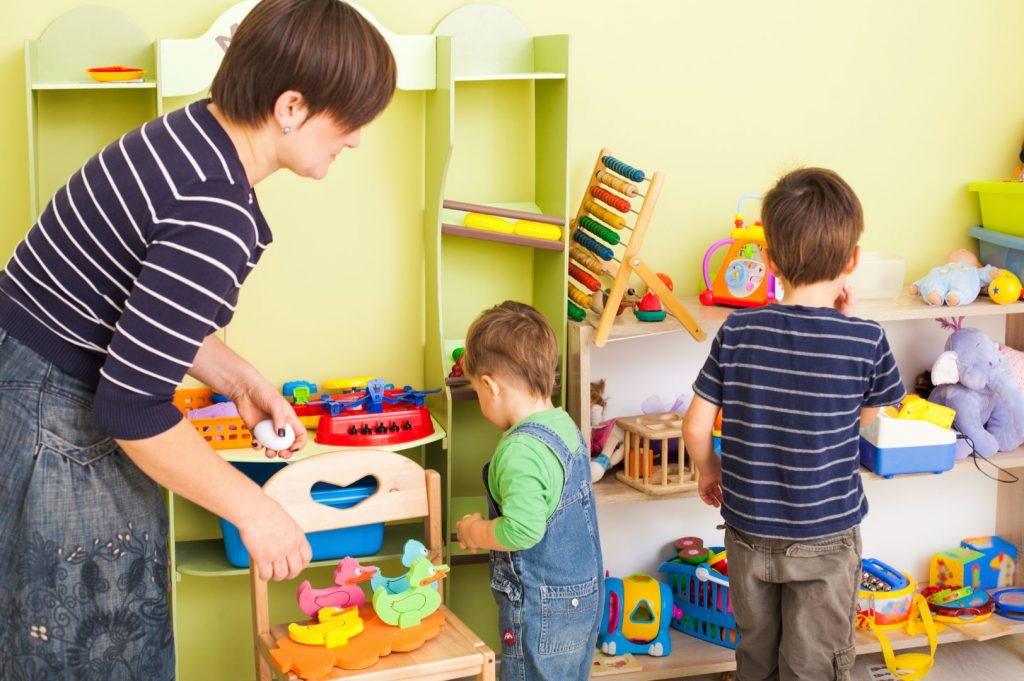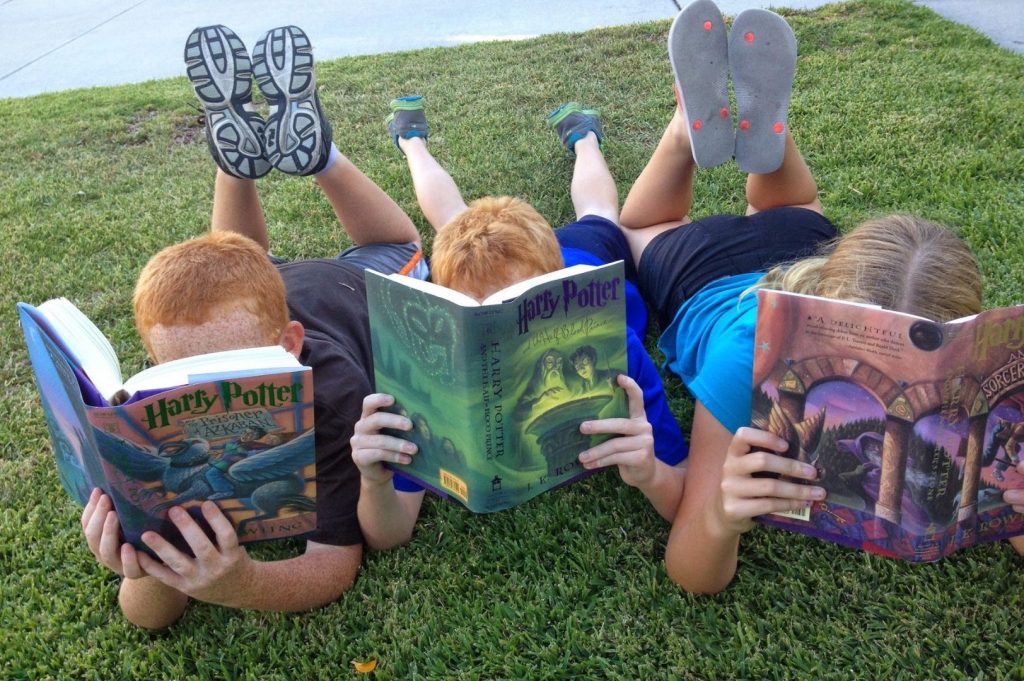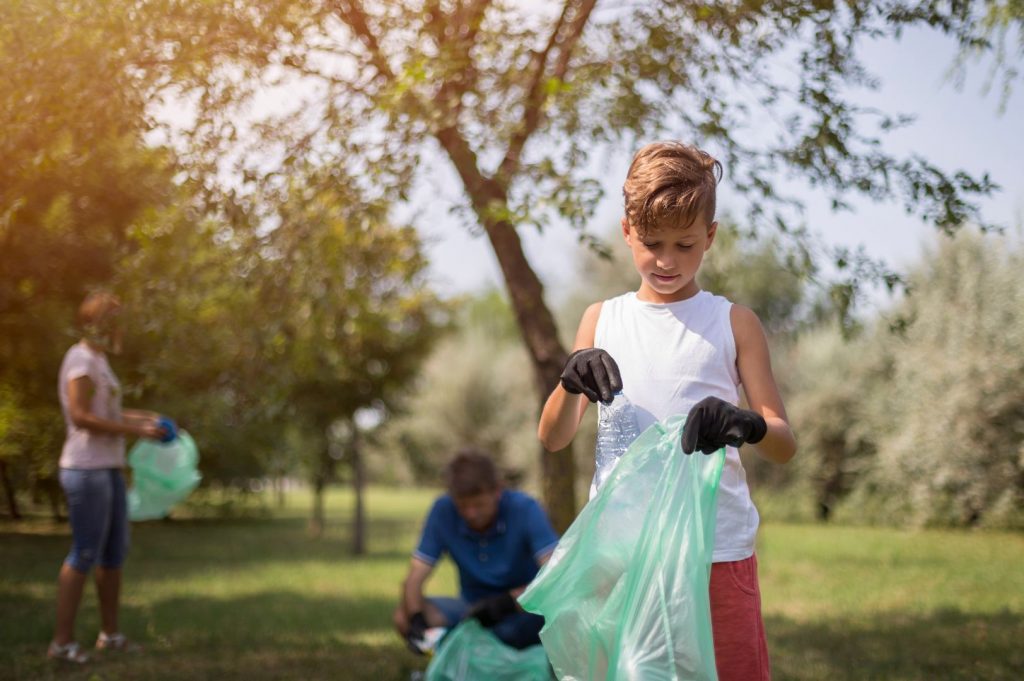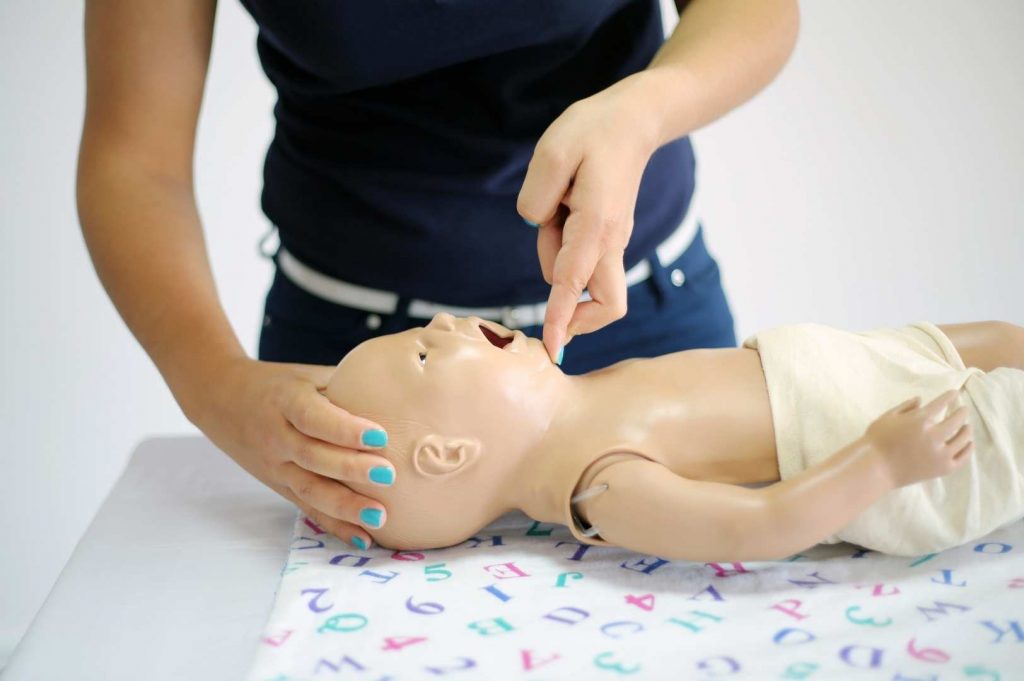Being a professional nanny is a rewarding and fulfilling career that requires dedication, love, and energy. As you pour your heart into caring for children, it’s important not to neglect your own well-being. In this blog, we will explore the significance of self-care for nannies and provide practical tips and strategies to prioritise your well-being in this demanding profession. By taking care of yourself, you can enhance your effectiveness as a caregiver while maintaining a healthy work-life balance.

Recognising the Importance of Self-Care
As a professional nanny, your role involves giving your best to the children in your care. However, it’s crucial to recognise that you can only provide quality care when you prioritise your own well-being. Self-care is not selfish; it’s essential for maintaining physical, mental, and emotional health.
Setting Boundaries
One of the key aspects of self-care is setting boundaries. Establishing clear expectations with parents and employers regarding your working hours, breaks, and personal time is vital. Communicate your needs openly and honestly, ensuring that you have time for rest, relaxation, and pursuing activities that rejuvenate you.
Prioritising Physical Health
Caring for children can be physically demanding. To stay healthy and energised, prioritise regular exercise, nourishing meals, and sufficient sleep. Engage in activities that promote physical well-being, such as yoga, walks in nature, or any form of exercise that brings you joy. Remember, taking care of your body is a crucial part of self-care.

Nurturing Emotional Well-being
Caring for children requires emotional strength and stability. Take time to nurture your own emotional well-being through activities that bring you joy and relaxation. Engage in hobbies, practice mindfulness or meditation, journal, or connect with loved ones. It’s important to have an outlet to process your emotions and recharge.
Building a Support Network
Professional nannies often face unique challenges in their work. Building a support network of fellow nannies or joining professional caregiver associations can provide a space for sharing experiences, seeking advice, and receiving support. Surrounding yourself with like-minded individuals who understand the demands of the profession can be invaluable.

Engaging in Self-Reflection
Taking time for self-reflection is a vital aspect of self-care. Reflect on your experiences, identify areas of growth, and celebrate your successes. Regularly assess your own needs and make adjustments to your self-care routine as necessary. Consider journaling or engaging in activities that promote self-discovery and personal growth.
Developing Coping Strategies
Nannying can come with its fair share of challenges and stressful situations. Developing effective coping strategies is essential to maintain your well-being. Practise deep breathing exercises, engage in activities that help you relax and unwind, such as reading, listening to music, or spending time in nature. Find what works best for you to recharge and find balance.
Seeking Professional Development
Investing in your professional development can be a form of self-care. Attend workshops, conferences, or online courses to enhance your skills and knowledge as a nanny. Continuous learning not only benefits the children in your care but also boosts your confidence and satisfaction in your role.

As a professional nanny, it’s vital to prioritise self-care to maintain your physical, mental, and emotional well-being. By setting boundaries, prioritising physical health, nurturing emotional well-being, building a support network, engaging in self-reflection, developing coping strategies, and seeking professional development, you can enhance your effectiveness as a caregiver while leading a fulfilling and balanced life. Remember, taking care of yourself is not only beneficial to you but also to the children you care for. Prioritise self-care and create a sustainable and rewarding career as a professional nanny.
Take the next step in prioritising your well-being and enhancing your career as a professional nanny by enrolling in our online course Working as a Nanny. This comprehensive course goes beyond the basics of childcare and empowers you with the knowledge and strategies to implement effective self-care practices. You’ll learn how to set boundaries, nurture your physical and emotional health, build a support network, engage in self-reflection, and develop coping strategies to navigate the challenges of the profession. Our course also provides resources for professional development, ensuring that you stay up-to-date with the latest trends and best practices in childcare. Invest in yourself and your future as a nanny by enrolling in Working as a Nanny today. By prioritising self-care, you’ll not only enhance your own well-being but also provide even better care to the children you serve. Join us on this transformative journey and create a sustainable and rewarding career as a professional nanny.
